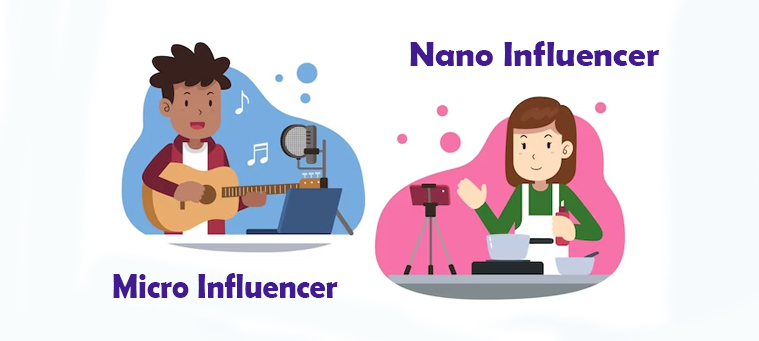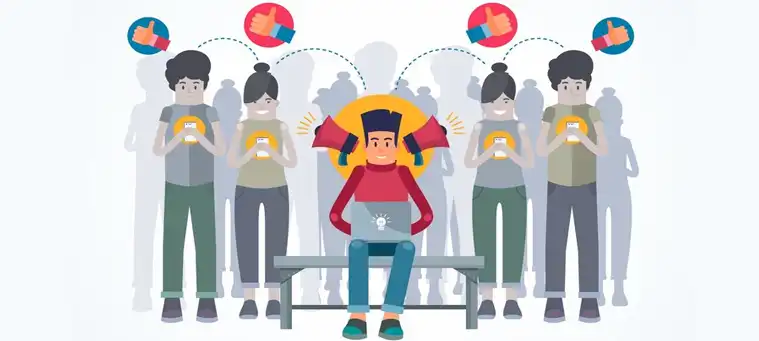The age of social media has given rise to a new type of influencer—nano-influencers. As their name suggests, these are influencers with fewer than 1,000 followers on social platforms. Although they lack the expansive reach of celebrity influencers, nano-influencers make up for it through niche appeal and targeted engagement.
More and more, brands are tapping into the power of these micro-influencers to promote their products authentically. Especially for startups catering to specific verticals, nano-influencer campaigns that leverage user-generated content can drive impressive results.
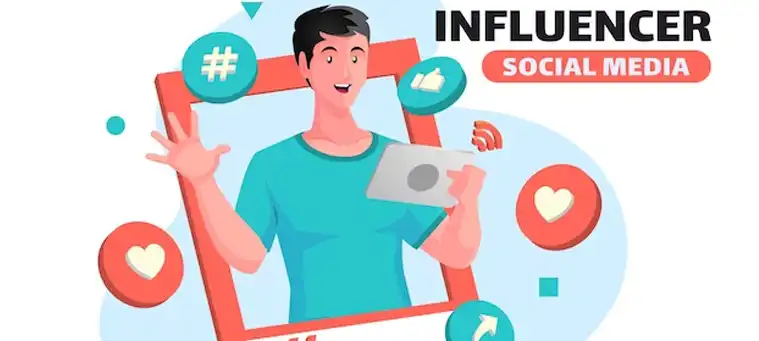
What Type of Brands Works Successfully with Nano-Influencers?
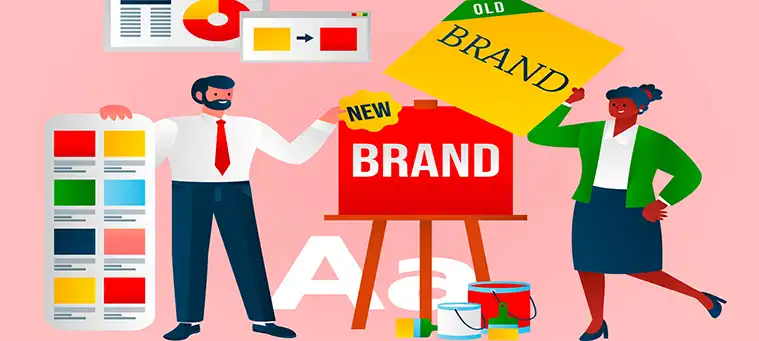
Given the advantages, various brands leverage nano-influencer campaigns:
Startups and Emerging Brands
Early-stage CPG, fashion, and DTC companies partner with aligned nano-influencers to build credibility and trendiness. Positive nano recommendations establish brand awareness and drive trial purchases cost-effectively.

Brands like Girlfriend Collective and Lab to Beauty are perfect examples of this.
Local & Boutique Businesses
Hyperlocal fitness studios, salons, cafes, and shops also collaborate with regional nano-influencers to amplify reach and engage different pockets across their community authentically.
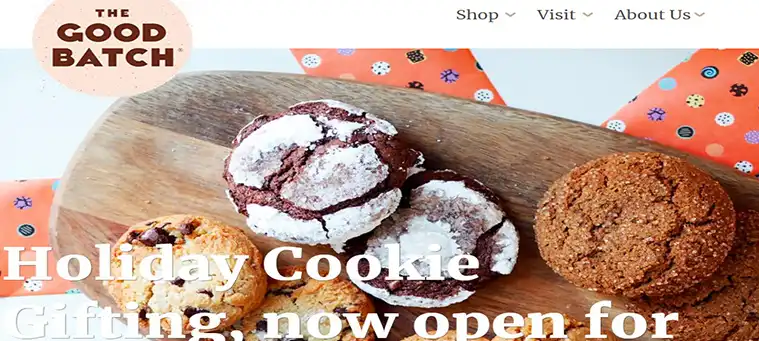
A few of these successful brands are All Bright Salon, Practice Pilates, and, The Good Batch Bakery.
Niche Brands
Parenting, health, and outdoorsy brands collaborate with topic-specific nano-influencers who create content around their specialty areas. This positions niche brands as category experts to very targeted groups.
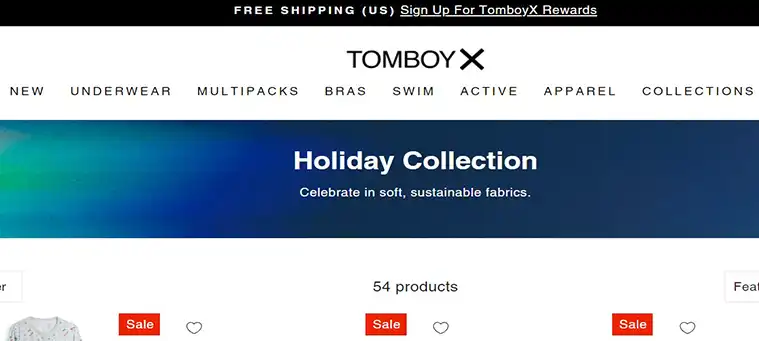
Niche brands like TomboyX, Inkbox, etc. leveraged this perfectly.
DTC Brands
Nano-influencers provide the perfect channel for digital brands like FIGS, Brooklinen, etc. to encourage user-generated content around their products. Brands simultaneously gather authentic consumer feedback for product R&D.
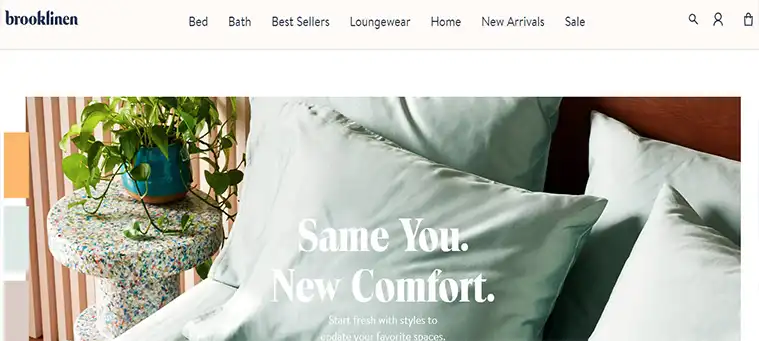
Brooklinen is another brand that successfully uses nano influencers to market its product.
What Are the Benefits of Partnering with Nano-Influencers
Nano-influencers might not boast millions of followers, but they provide unique value adds:
Authenticity and Trust
Followers perceive nano-influencers as “everyday people” whose opinions they relate to and trust over high-profile celebrity endorsements. Brand partnerships seem like genuine recommendations rather than promotional posts, enabling authentic connections with niche communities.
Cost-Effectiveness
Enlisting multiple niche nano-influencers provides a broader reach but is still far more affordable than recruiting a single macro-influencer with over 100k fans. For context, brands can activate 10-20 nano-influencers for the price of one Instagram post from a Kardashian.
Strong Engagement
Nano-influencer audiences might be niche, but this translates to higher engagement rates. Followers who share specific interests pay closer attention to content instead of passively consuming. Thoughtful UGC campaigns here make an impact.
To find out how your brand can benefit from nano influencer marketing campaigns, consider booking a 1:1 call with us here.
Brands Seeing Success with Nano-Influencers
While nano-influencer marketing is still gaining traction, many brands have found success partnering with the micro-tier:
- Outer Aisle Grocery (keto snacks) collaborated with targeted nano-influencers like @KetoWithEm to boost awareness among niche health-focused followers. This drove a 9% traffic bump and great engagement.
- DTC athleticwear brand Girlfriend Collective enlists nano-influencers to showcase body and size inclusivity. The authentic stories resonate deeply with the community, driving UGC content and sales.
- SmartyPits, an organic deodorant brand catering to women frustrated with irritants in conventional antiperspirants, partners with a network of nano mommy bloggers and green living advocates.

These examples show how strategic nano-influencer campaigns stemming from strong brand values alignment can deliver real ROI, from amplifying awareness to driving lead gen and sales.
Building Successful Brand and Nano Influencer Partnerships
Here are some overarching best practices for brands to consider when collaborating with nano-influencers:
- Vet for Audience Quality
Assess that the nano- influencer’s niche aligns well with your products and that their engagement levels are strong relative to their smaller follower base. Relevance overreach.
- Set Clear Goals and Benchmark Performance
Agree with nano-influencers on specific partnership goals around awareness, UGC content creation, lead gen, or sales. Track performance against these benchmarks.
- Enable Creative Freedom
Give nano-influencers autonomy to highlight products that excite them through images or videos tailored to their niche audience. Original narratives outperform strict promotional directives.
- Take a Long-Term Partnership Approach
Evolve relationships with standout nano-influencers into long-term partnerships spanning multiple campaigns over time. Offer them early access to new launches to sustain interest.
- Compensate Fairly
While nano-influencers have lower rates, pay them fairly for their content creation efforts through free products, affiliate commissions, or micro-payments.
Summary
Nano-influencers give brands access to niche yet engaged communities on social media. Though lacking extensive reach individually, these micro-influencers make up for it through specialization and authenticity. More startups and SMBs are leveraging networks of topic-specific nano-influencers over individual mega-celebrity sponsorships to convey approachability and generate targeted buzz around products. When activated thoughtfully within aligned communities, nano-influencer partnerships punch above their weight to move the needle on brand awareness, sentiment, UGC content, and even sales for brands big and small.
